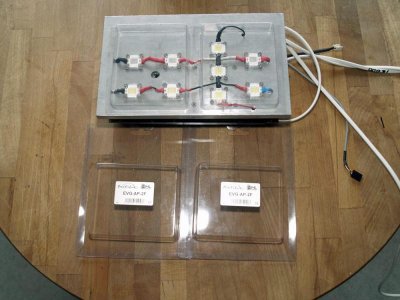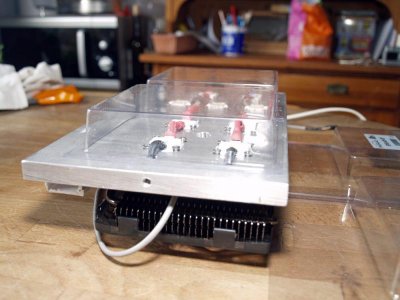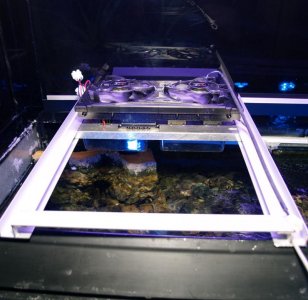maglofster
New member
Maglofster, Thanks this is good to know. How is this accomplished? Their foot print / design in relation to the LEDs heat output, just the ambient air around it?
It's a combo of things. Surface area of the heatsink. Volume of the heatsink. Material of the heatsink. If it's heatpipe or passive etc. The GTX Pro would be pretty worthless if all fans failed since an overloaded heatpipe doesn't work at all, but if one fails it would still work. The L2 doesn't have heatpipes so it is not as dependant on the fan although the temperature would rise pretty much without the fan.
Read this: http://en.wikipedia.org/wiki/Heatsinks#Heat_sinks




